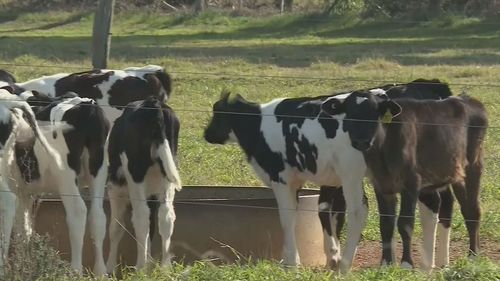Favourable weather as well as higher farmgate prices saw more cows producing larger quantities of milk, totalling 5.35 billion litres between July 2023 and January 2024.

“With milk prices remaining elevated, expectations are that new season pricing from July 1 will be margin-supportive,” Rabobank senior dairy analyst Michael Harvey said.
Rabobank forecasts that the 2023-24 season will end with milk production up 2.6 per cent and that is likely to rise as much as 4 per cent heading into the next financial year.
While milk prices have crept down from record highs in 2023, the price of dairy remains up 20 per cent from pre-inflationary levels.
That’s partly because demand for dairy products in Australia remains uncertain, thanks in part to the cost of living crisis placing pressure on family budgets, forcing them to reduce their grocery bills.

“Australian household budgets remain strained, driving discretionary spending lower, which is flowing into the food basket,” Harvey said.
“The financial health of Australian consumers is anticipated to improve as the year progresses, wages increase, tax cuts kick in and inflation normalises.”
The price of milk is predicted to fall for Australians in the coming months, but a volatile global market and conflicts in Ukraine and the Middle East, as well as shipping challenges in the Red Sea, mean a lot of uncertainty remains.







